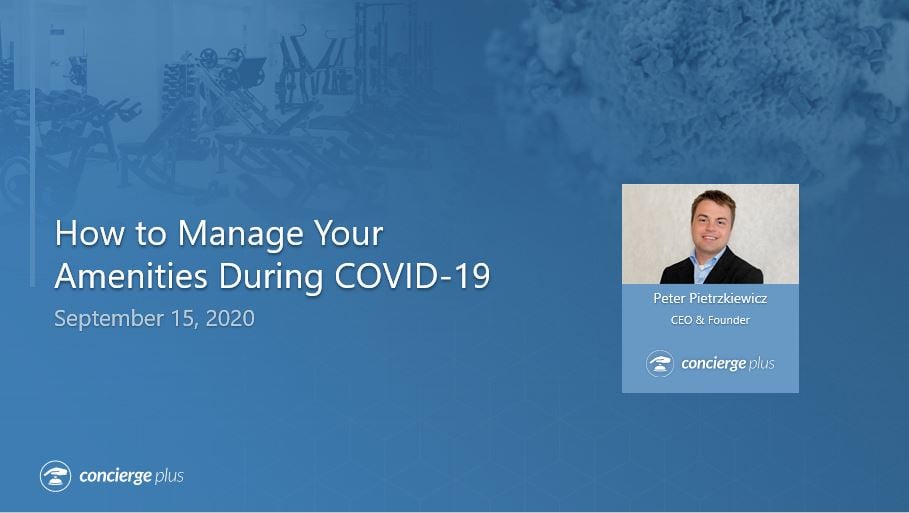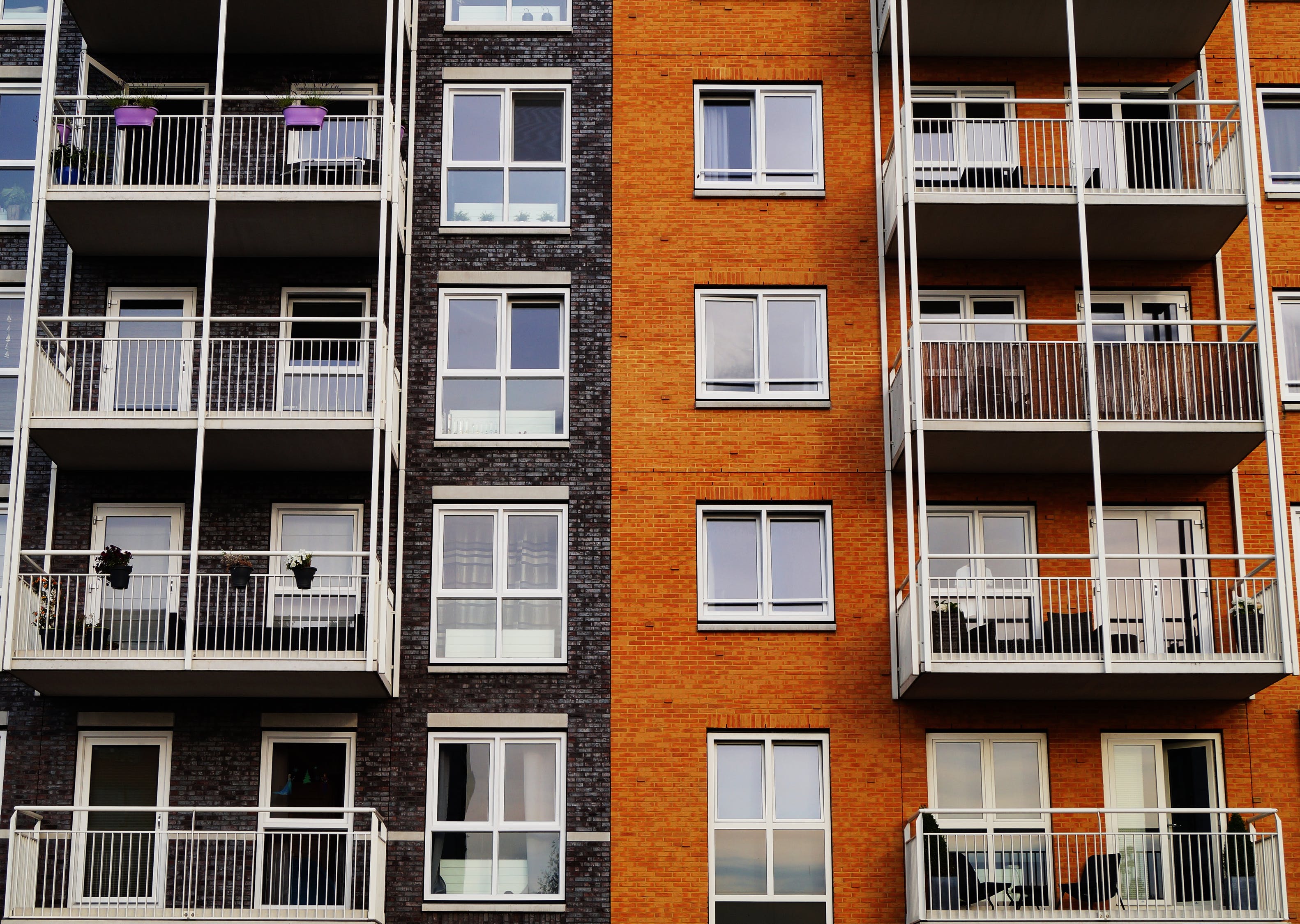Community Associations throughout North America are dealing with changes due to the pandemic. To minimize the spread, social distancing guidelines and operational changes have had to be implemented.
Our research indicates that such operational changes include adopting property management technology as a community’s coronavirus response strategy.
During the pandemic, more than ever, residents demand transparent communication from community managers. As physical interaction has been limited during the pandemic, managing the community remotely has been a challenge for many community managers. What would have been minor maintenance issues and inconveniences have become mission critical. Community managers have had challenges responding to maintenance requests and other inquiries as they lack tools to remotely manage communities.
Technology plays a big role
In many communities, there is limited office hours due to social distancing guidelines. Staff may continue to work onsite on a rotating basis to provide ongoing services, but residents should expect the open-door policy in their association office to cease.
With improved communication channels, management can quickly notify residents of any changes, manage their requests, and handle changes efficiently. Most importantly, management can update residents with public education on COVID-19, including up-to-date recommendations for monitoring hygiene.
Some communication channels that community associations need to consider include:
-
Announcements. Announcements keep residents informed about all relevant matters. However, an email blast alone does not ensure that all residents received the information. Display screens, texting, and even calling might be necessary for older residents.
-
Deliveries. As residents are more limited in how they can shop, deliveries for online orders have increased exponentially. Physical logs are not only inefficient but could pose a safety hazard as most people would like to minimize physical contact during COVID-19. There needs to be a system to quickly process incoming packages, notify residents wherever they are, and collect digital signatures.
-
Discussion Forums. Residents still want to be a part of their community, especially during times of social distancing. However, Facebook groups can be destructive when someone hides behind an anonymous profile. Instead, management should provide a safe, controlled space where only valid and current residents can participate.
-
Service Requests. Even in urgent situations, regular service issues happen— common area issues, floods, etc. Technology can not only keep residents from coming to the front desk or management office, but workflow technology can help you get through requests quickly.
Today’s tech-savvy residents want to ‘show’ the problems rather than ‘talking’ about them. As an example, residents don’t want to fill out a sheet of paper with regards to service requests but prefer to send photos and videos of the actual service request they need. They are providing more information upfront to community managers, which can help managers become more proactive and deliver better resident experience.
-
Amenities: Managing amenities is important for maintaining a harmonious long-term relationship between community managers and residents. Thus, software that allows residents to safely book amenities while following social distancing guidelines, is essential for avoiding the spread of COVID-19 while providing a great resident experience.
Inform residents to expect reduced capacity limits for certain spaces to allow proper physical distancing – capacity for spaces can be outlined on signage. Our new Multiple Simultaneous Amenity Bookings feature can allow residents to see how many spaces are available in each booking slot and make a reservation.
Resident experience management
Savvy managers understand that providing the ultimate resident experience during this uncertain time will reflect on their brand for years to come. They no longer want to feel unmotivated and overwhelmed by everything that they need to get done in a day. They are trying to manage their time as best as possible, but still can’t be as proactive and transparent as they want to be and often are forced to manually go through documents and requests, a process that is not only time consuming, but also allows for mismanagement and errors.
Community associations may have already tried to get staff and residents to use some kind of technology. A spreadsheet, Constant Contact or other email software, social media, Dropbox or Google Drive. But it’s not working. Maintaining all of this software takes a lot of time, no one knows where to go for what, and it’s not giving the intended results. It’s certainly not letting the manager be proactive and transparent with the board in many areas. This is not the manager’s fault – the truth is that these are costly, manual and inefficient processes to complete the work.
It’s 2020. You can book a flight, make a restaurant reservation, order food delivery, and buy virtually all online. But community associations have not adopted proper technology leaving most associations in the dark ages. More and more associations are now overcoming this challenge by turning to modern resident experience management platforms to make their operations run smoother, saving the property manager 100+ hours per year and keeping residents happier.
Learn how to manage your amenities in an age when we are practicing social distancing. Watch our webinar titled How to Manage Your Amenities During COVID-19: Keeping staff and residents safe using technology.





Share This Post